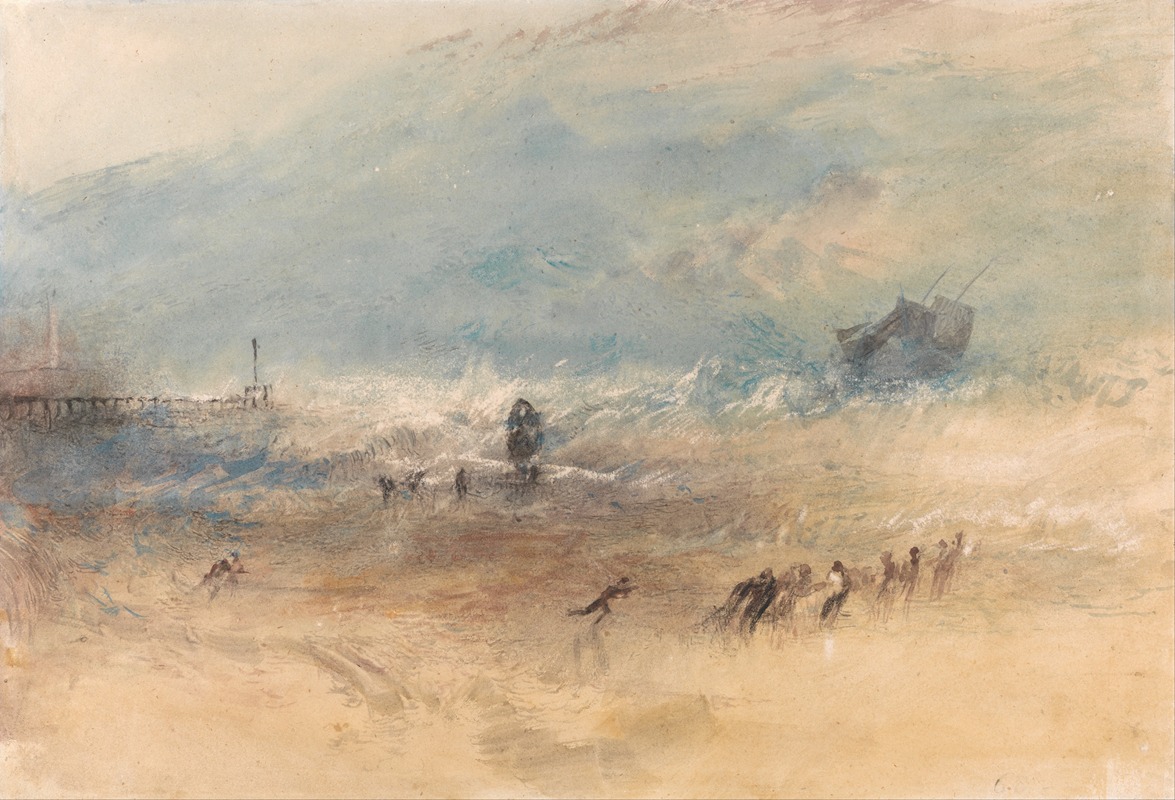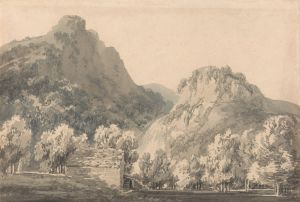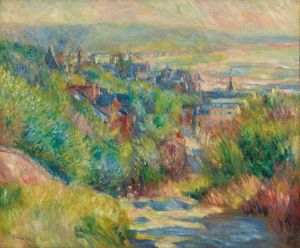
Yarmouth Sands
A hand-painted replica of Joseph Mallord William Turner’s masterpiece Yarmouth Sands, meticulously crafted by professional artists to capture the true essence of the original. Each piece is created with museum-quality canvas and rare mineral pigments, carefully painted by experienced artists with delicate brushstrokes and rich, layered colors to perfectly recreate the texture of the original artwork. Unlike machine-printed reproductions, this hand-painted version brings the painting to life, infused with the artist’s emotions and skill in every stroke. Whether for personal collection or home decoration, it instantly elevates the artistic atmosphere of any space.
Joseph Mallord William Turner, an eminent British painter, created the artwork "Yarmouth Sands" during the early 19th century. Turner, renowned for his expressive colorization, imaginative landscapes, and turbulent marine paintings, played a pivotal role in elevating landscape painting to a status comparable to historical painting. His works are often characterized by their vivid color palettes and dramatic, atmospheric effects.
"Yarmouth Sands" is one of Turner's many seascapes, a genre he frequently explored throughout his career. The painting captures the essence of the coastal town of Great Yarmouth, located in Norfolk, England. This area was known for its bustling maritime activity and picturesque scenery, which provided ample inspiration for Turner's artistic endeavors. The painting reflects Turner's fascination with the sea and his ability to convey its dynamic and sometimes tumultuous nature.
In "Yarmouth Sands," Turner employs his signature style, using a combination of light and color to create a sense of movement and atmosphere. The composition likely features the expansive sands of Yarmouth, with the sea and sky merging in a harmonious blend of hues. Turner's technique often involved layering washes of watercolor to achieve a luminous effect, capturing the transient qualities of light and weather. This approach allowed him to depict the ever-changing moods of the sea and sky, a hallmark of his seascapes.
Turner's work during this period was influenced by his extensive travels and studies of natural phenomena. His ability to observe and translate the subtleties of nature onto canvas was unparalleled, and "Yarmouth Sands" exemplifies this skill. The painting not only showcases Turner's technical prowess but also his deep appreciation for the natural world.
The significance of "Yarmouth Sands" lies in its representation of Turner's innovative approach to landscape painting. By focusing on the interplay of light and atmosphere, Turner moved away from the more traditional, detailed depictions of landscapes that were prevalent at the time. Instead, he embraced a more abstract and expressive style, which would later influence the Impressionist movement.
Turner's contributions to art were widely recognized during his lifetime, and he became a member of the Royal Academy of Arts at a young age. His works, including "Yarmouth Sands," continue to be celebrated for their groundbreaking approach to capturing the essence of nature. Today, Turner's paintings are held in high regard and are featured in major art institutions worldwide.
While specific details about the creation and exhibition history of "Yarmouth Sands" may not be extensively documented, the painting remains an important part of Turner's oeuvre. It exemplifies his mastery of capturing the ephemeral qualities of the natural world and his enduring influence on the development of landscape painting. Turner's legacy as a pioneer of atmospheric and emotive art continues to inspire artists and captivate audiences to this day.


















